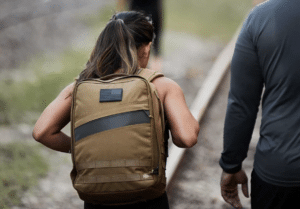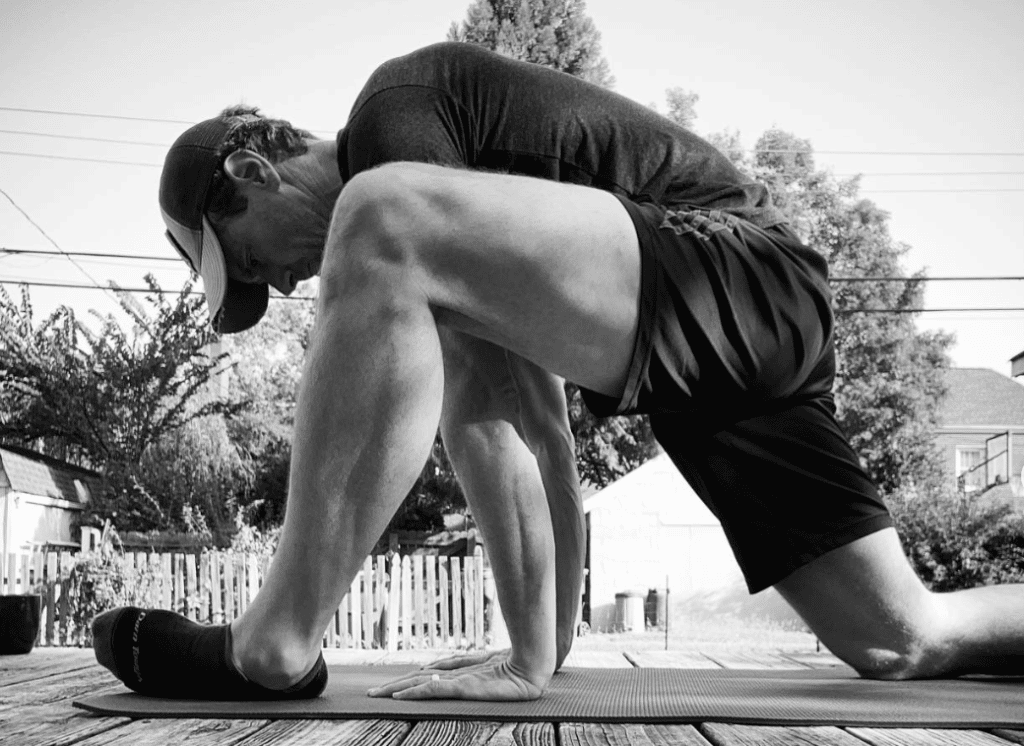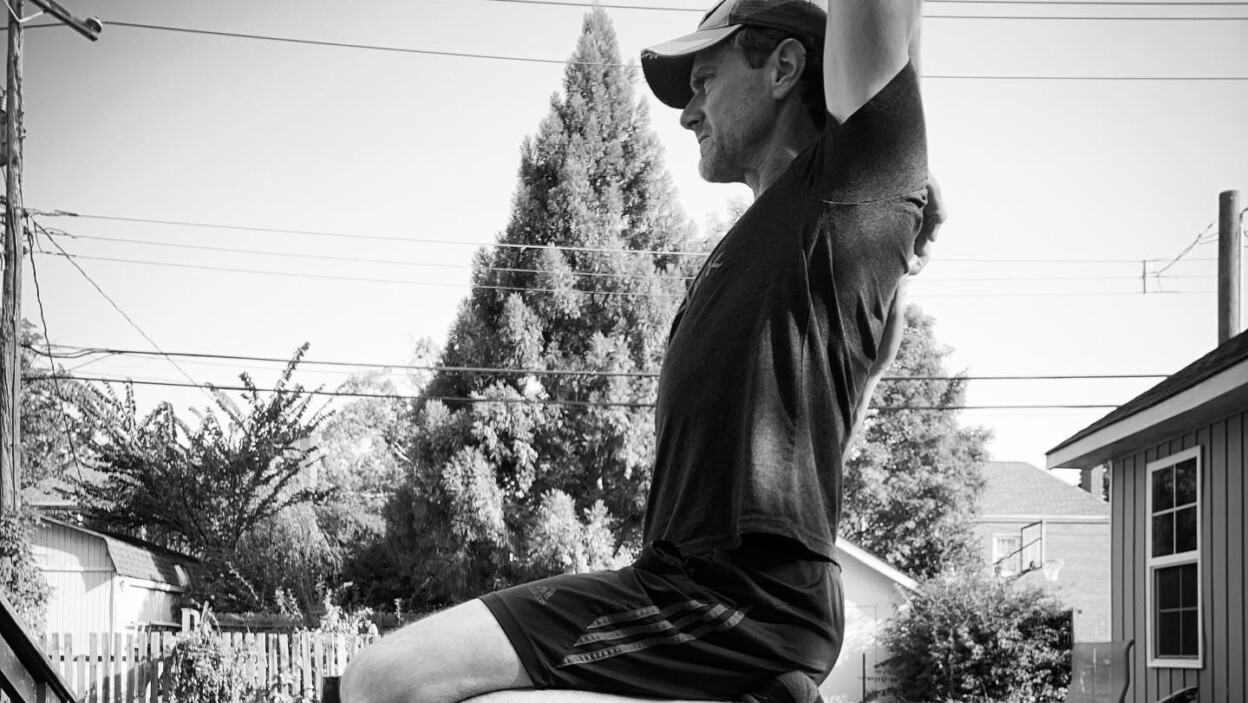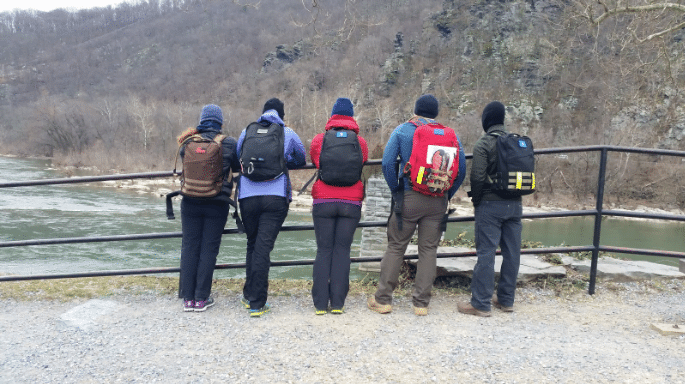Stretching is an important part of any physical activity, and rucking is no exception. The question often arises: should you stretch before or after rucking?
The answer is both. It’s important to stretch before and after rucking to help prevent injury and improve performance.
Personal note: I’ve been using Pliability for my evening stretching. Not only has it has proven to be a tremendous tool for recovering from my rucks and workouts, it has greatly improved my mobility and decreased my stress! Use our link for a 2-Week Free Trial.
Stretching Before Rucking
Before rucking, it’s essential to warm up your muscles and increase blood flow. This helps prepare your body for the physical demands of rucking and reduces the risk of injury. A warm-up routine that includes dynamic stretching, such as walking lunges and high knees, is a good way to get your muscles ready for rucking. Dynamic stretching is a form of stretching that involves moving your muscles through a range of motions, which is different from traditional static stretching.
Here are some dynamic stretches you can try before rucking. We recommend taking 5-10 minutes to complete a few sets of the following:
- Leg swings: Stand with your feet hip-width apart and swing one leg forward and backward while keeping the rest of your body stable. Repeat on the other side.
- Walking lunges: Take a step forward with one foot and lower your body until your front knee is bent at a 90-degree angle. Push back up and step forward with the other foot, alternating legs as you walk.
- High knees: Stand with your feet hip-width apart and lift your knees up to your chest one at a time while pumping your arms.
- Butt kicks: Stand with your feet hip-width apart and kick your heels up to your buttocks one at a time while pumping your arms.
- Leg crossovers: Stand with your feet hip-width apart and cross one foot over the other in front of your body, then uncross and repeat on the other side.
Stretching After Rucking
After rucking, it’s important to cool down and stretch to help reduce muscle soreness and stiffness. Static stretching, where you hold a stretch for a set amount of time, is the most effective type of stretching to do after exercise. Focus on stretching the muscles you used during rucking, such as your legs, hips, and back.


Like I said earlier, I’ve been using Pliability for my evening stretching and it has proven to be a tremendous tool for increasing my mobility. With both short and long sessions and the ability to focus on certain areas if I want, Pliability is a great tool for ruckers wanting to improve mobility and feel better. Use our link for a 2-Week Free Trial.
- Hamstring stretch: The hamstrings are often neglected in rucking, but they play a significant role in supporting the lower back. Start by sitting on the ground with both legs outstretched. Reach forward, trying to touch your toes, hold for 30 seconds, then relax.
- Quad stretch: Stand with your feet hip-width apart, then bend one knee and hold your ankle with the same-side hand. Hold this position for 30 seconds, then switch sides. This stretch will help relieve any tension in the quadriceps and hips.
- Calf stretch: Stand with your feet hip-width apart and step back with one foot, keeping the front knee slightly bent. Lean forward, keeping your back leg straight and hold for 30 seconds. Repeat on the other leg. This stretch will improve mobility in the calf muscles, which are crucial in supporting the knees while rucking.
- Hip flexor stretch: Start by kneeling on the ground with one foot in front of the other. Shift your weight forward onto the front knee, keeping your back straight and hold for 30 seconds. Repeat on the other side. This stretch helps to alleviate tightness in the hip flexors, which can cause lower back pain and discomfort while rucking.
- Shoulder blade squeeze: Stand with your feet hip-width apart and your arms hanging at your sides. Slowly raise your arms overhead, then gently squeeze your shoulder blades together. Hold for 10-15 seconds and then release. This stretch will help loosen the muscles in the upper back, which can become tense from carrying a heavy backpack.
Remember to take your time, be patient, and never push yourself to the point of pain. With regular practice, you’ll soon notice an improvement in your flexibility and overall rucking experience.
Stretching before and after rucking is important for reducing the risk of injury and improving performance. A warm-up routine that includes dynamic stretching and a cool-down routine that includes static stretching are both necessary for a successful rucking workout.
Use our link for a 2-Week Free Pliability Trial.








What are the Best Shoes for Rucking?
Best Rucking Backpacks List
Rucking for Weight Loss: A Comprehensive Guide
Rucking for Beginners: A Complete Guide to Getting Started
What is Rucking?
Is Rucking Better Than Running?
Best Rucking Backpacks List
How Many Calories Do I Burn Rucking?